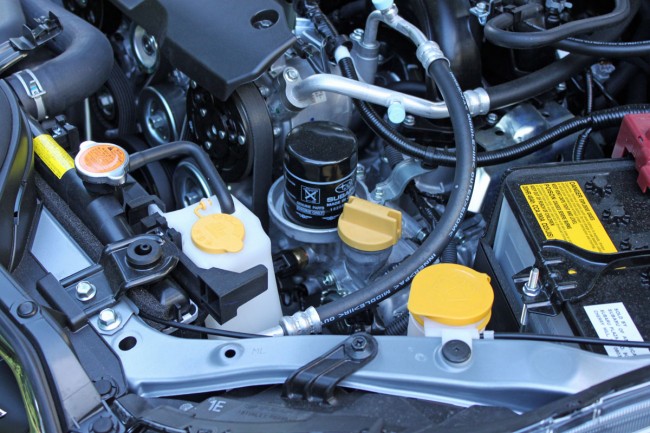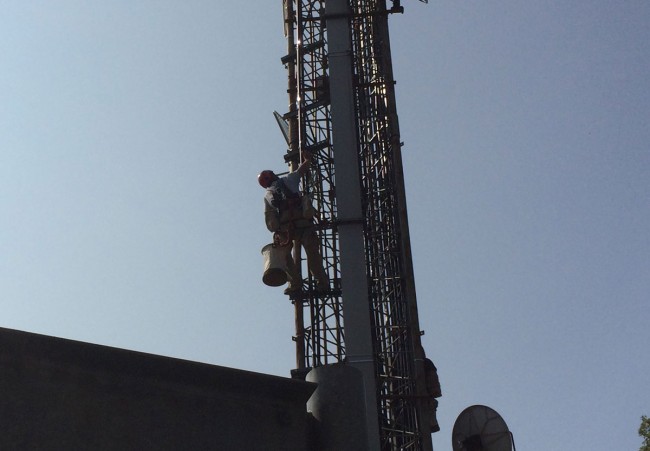Broadcast Engineering from a contracting standpoint requires a lot of driving. I mean a lot of driving. Since switching from full-time Director of Engineering to a contracting field engineering position, I have already worn out two vehicles. Having reliable transportation is a key component of this job. Of course, the other consideration is the price of gasoline which can range from expensive to horribly expensive depending on the warring or not warring that is currently taking place.
Thus, when it came time to replace my strange-looking but roomy and reliable Scion xB, I did some research. My complaint about the xB, other than the looks, was the lack of ground clearance and lack of all-wheel or four-wheel drive. After a bit of reading, it seemed the Subaru Crosstrek XV was a good choice. Long story short, I got my car last week and got a pretty good deal, as the car dealer was looking to get rid of all their 2014 stock.

As I was leaving the dealership, the salesman had one final question. The conversation went something like this:
Sales guy: “Mr. Thurst, can I ask what it was that sold you on this car?”
Myself: “Sure, it was the oil filter.”
SG: “What?”
Me: “The oil filter.”
SG: “No, I heard that, I just don’t understand. It wasn’t the price or the fuel economy or the features?”
Me: “Nope. To be honest, you did give me a good price, I like the all-wheel drive, the ground clearance, the gas mileage, and all that. But when I popped the hood to look at the engine and saw the oil filter, I was sold.”
SG: “No one has ever said that before. Welp, good luck, and thanks for buying your car from us.” (now walking backward into the dealership, smile fixed on his face and nodding slowly)
Here is a picture of the Subaru FB20 boxer engine:

See the oil filter right next to the oil fill plug, up right and easy to get to. Not only that, some design engineer put a catch basin around the filter mount, knowing that when the filter was unscrewed, all the oil would run out of it. Without the catch basin, that oil would run down the engine block creating a mess that would get worse with each oil change.
Little things. Little things mean a lot.


